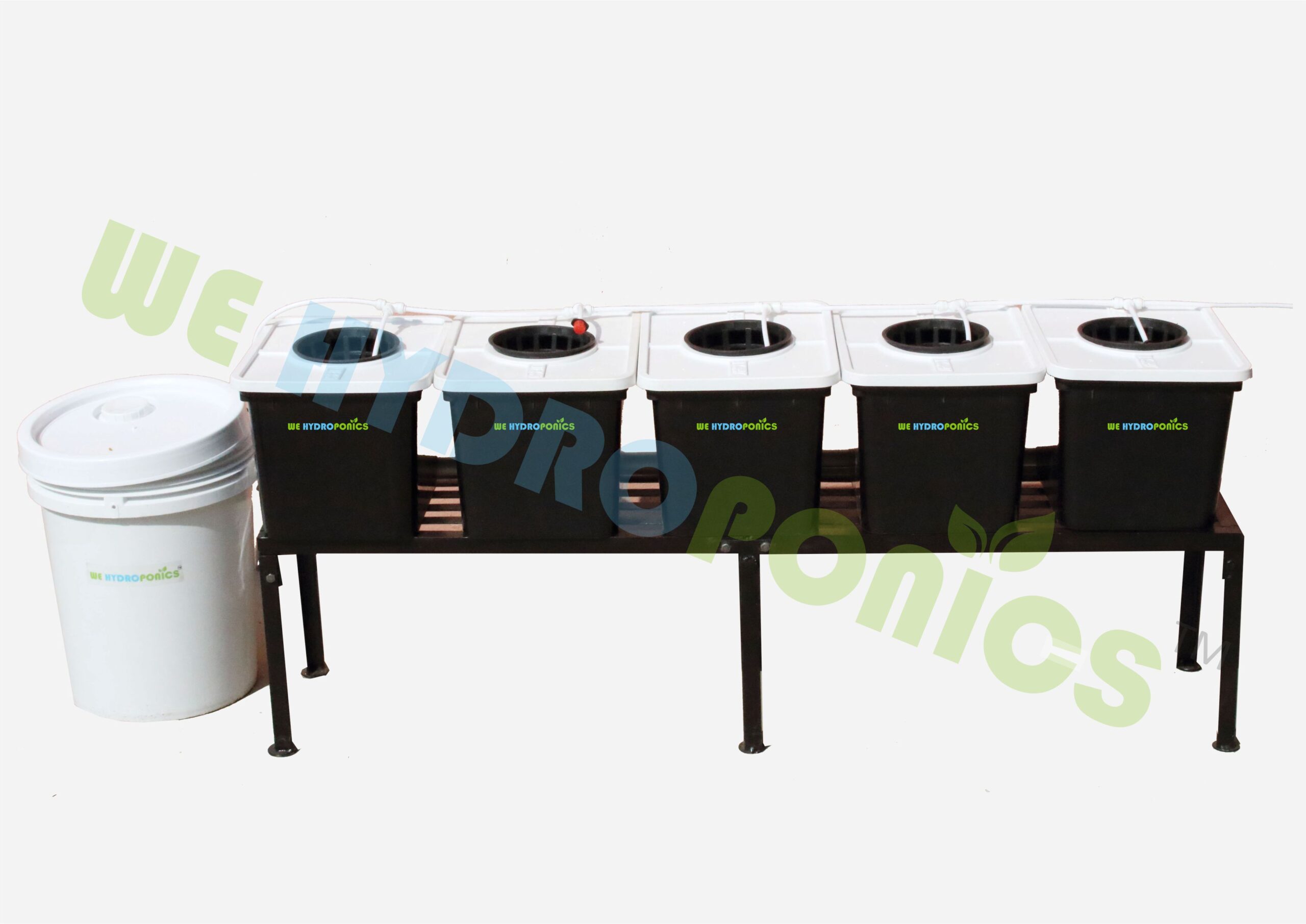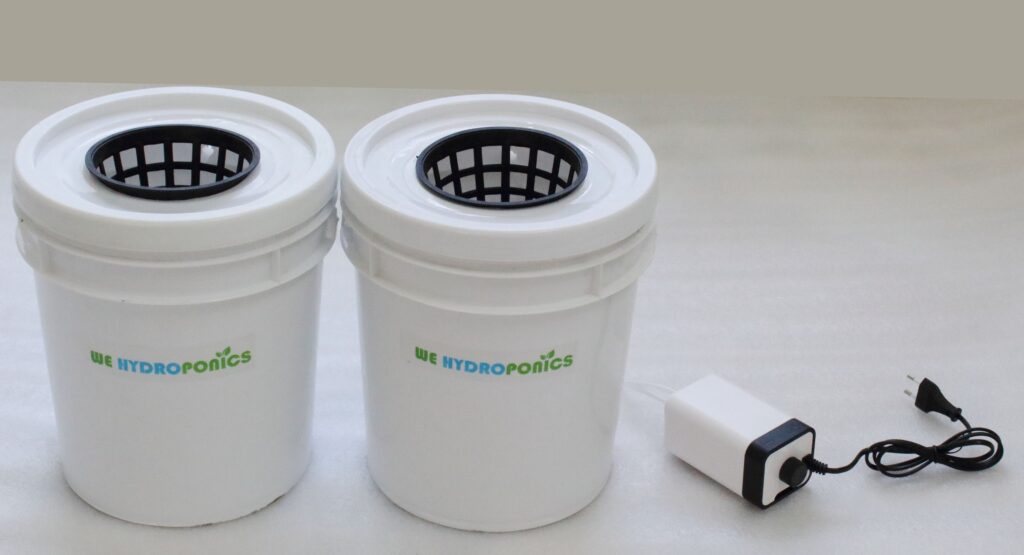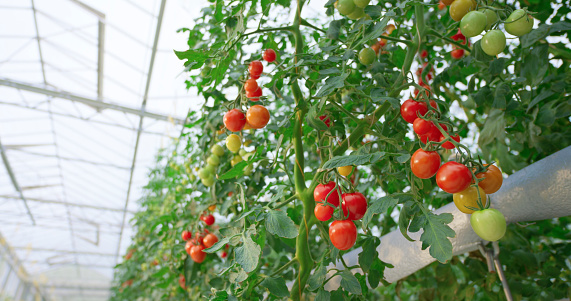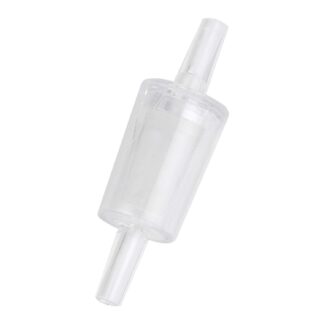Hydroponics has the capability of bringing out green lush gardens loaded with fresh vegetables and fruits from the farm to your backyard. Sowing seed and watering it daily is definitely not enough when you want a healthy plant and optimum yield. Growing a plant is not as easy as you think unless you follow appropriate techniques. Hydroponics gives you total control over your plants. Basically, Hydroponics is a soilless cultivation technique where the soil is eliminated and other media are used that have better water retention capacity, are less prone to diseases, and provide good aeration to the plants.
However, it is not rocket science, still, WE are here to help you out with the nuances of hydroponics. Get ready to harvest vegetable crops year-round within your home by following the procedures mentioned in the blog. Almost any plant that is grown in soil can be grown hydroponically but WE suggest you start your amazing journey with tomatoes, peppers, capsicum, cucumbers, eggplants, lettuce, bok choy, spinach, fenugreek, beetroots, gourds, and various herbs.
A range of ready-to-go hydroponics planter systems is readily available in the market that transforms your home’s backyard into a mini-farm. WE always ask beginner gardeners to start with a complete hydroponic system so that you invest your full time in learning hydroponics and growing plants rather than in creating a system as it is another task in itself. Although if you want to learn the process of making a Hydroponics System at Home (DIY) then WE have got you covered. You can get all the necessary parts that are required in constructing a DIY system at any authentic Hydroponic Vendor.
What do I need to start Hydroponics @ Home?
- Seed
- Hydroponic Media
- Hydroponics Nutrient set
- Hydroponic System or DIY Kit
- Water
- Sunlight/Grow light
- Electric supply
- A space of partial/Indirect sunlight
How to start?
“A journey of a thousand miles begins with a single step!” Take the first step by selecting how do you want to grow your desired vegetables as there are multiple ways and systems that brings you closer to the aim of ‘Growing Your Own Food’. Below is an overview of almost every aspect of the hydroponics system that home growers should know.
- NFT System
The basic concept behind the NFT system is to keep a constant flow of water mixed with 14 essential nutrients required for plant growth through the plant roots in a channel. This is a recirculation method returning the solution from the channels back to the nutrient reservoir kept below. Grow any green leafy vegetables like Lettuce, Spinach, Basil, Mint, etc & herbs such as Oregano, Thyme, and salads or berries easily. The materials required for constructing an NFT system are as follows-

- Structure stands
- NFT / DFT channels
- Net pots
- Clay balls
- Hydroponics Nutrient set
- Coco disc/ Growcubes
- Inlet system (motor, inlet pipe, and accessories)
- Outlet Fitting accessories
- Submersible Pump
- Reservoir Tank
- Dutch Bucket System–
Initially, a Dutch Bucket may look like a square-shaped conventional planter pot but don’t get fooled by its looks, it is perhaps the most commonly used container for holding plants in a hydroponic growing system. Bato buckets can be connected easily and are capable to use a single watering line and a single drainage line for multiple media beds when lined up together. Dutch bucket System is great for growing vine crops and other tall-growing plants. Suitable for tomatoes, cucumbers, peppers, squash, bottle gourd, pumpkins, beans, luffa, melons, and many other fast-growing fruiting and flowering plants. A small reservoir is connected with buckets that keep plants hydrated and avoid drowning as well. The materials required for constructing a Dutch Bucket System are-

- Dutch buckets with siphon, Lid (Lid is optional)
- stand
- Feed and Drain plumbing
- Submersible Pump
- Coco disc for Germination media or soil less plants
- ClayBall Growing Media
- Reservoir Tank
- Hydroponics Nutrient set
- Deep Water Culture (DWC) System-
If you are willing to grow Leafy crops like Basil, Lettuce, Kale, Chard, Bok Choy/Tatsoi, spinach, mustard, collards, mint, and other herbs then a simple Deep Water Culture System can be constructed.
In a DWC (deep water culture) system, a tank is filled with nutrient solution and a raft floats on top of the water. Plants are kept on the raft and their roots are suspended into the solution below. Net pots support plants and growing media like clayball provides proper root anchorage. The plant roots swing in the nutrient-rich, oxygenated water while absorbing a large amount of oxygen and nutrients. Hence, the plants show rapid and healthy growth. What you need for a DWC System is-

- Reservoir tank
- Hydroponics Float raft
- Hydroponics Nutrient set
- Air pump + tube and stones
- Netpots
- Clayballs
- Cocodisc/growcubes as the germination media
- Kratky System-
The Kratky method is a passive hydroponic technique for growing plants suspended above a reservoir of nutrient-rich water. It is a non-circulating technique and therefore, stagnant water loses oxygen with time. You can use an Air pump with an air stone to supply oxygen to the water. A Kratky system is based on a very simple and low-maintenance technique. It is suitable for home growers in order to grow small, medium, and large plants up to tomato, cucumber, and pepper size.

- Buckets with lid and hole for netpots
- Netpots
- Clay balls
- Hydroponics Nutrient set
- Air/Oxygen Pump
But Why are WE doing this?
Growing hydroponically offers very clean conditions without any soil. Plants growing in the Hydroponic systems are protected from many insects and soil-borne diseases and keep the vegetables away from contact with harmful pesticides and fertilizers. Under your own vigilance, the vegetables are grown to a fully mature stage, so flavour, aroma, and nutrition are beyond what could be experienced in the market-bought vegetables. The satisfaction of growing these flavorful, highly nutritious, and heavenly scented vegetables through your hard work and tender care is extraordinary. WE already know the ill-effects of eating pesticides dusted, artificially fertilized food crops on our health. Therefore our emphasis is majorly upon “Growing Your Own Food” after all ‘Health is Wealth’. And there is no such hard & fast rule if you want to experiment with soil at your home then go for it, mix it with other hydroponic media to increase its porosity, water retention capacity, and aeration. Happy Growing!






